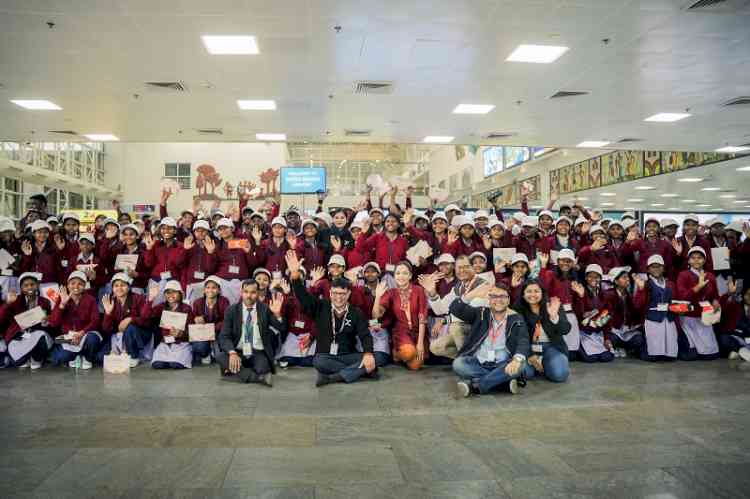Creditors face haircut of 68% on admitted claims under IBC
The Insolvency and Bankruptcy Code (IBC) seems to be incentivising debtors to settle their defaults even before the cases are admitted under the code with over 27,500 applications for initiation of CIRPs with an underlying default of Rs 9.74 lakh crore withdrawn before their admission, as per an analysis by Care Edge Ratings.

New Delhi, Feb 23 (IANS) The Insolvency and Bankruptcy Code (IBC) seems to be incentivising debtors to settle their defaults even before the cases are admitted under the code with over 27,500 applications for initiation of CIRPs with an underlying default of Rs 9.74 lakh crore withdrawn before their admission, as per an analysis by Care Edge Ratings.
The average time taken for resolution or liquidation continues to increase for operational creditors (OCs) and financial creditors (FCs) during the December quarter.
Meanwhile, the overall recovery rate till Q3FY24 was 31.86 per cent, implying a haircut of approximately 68 per cent, the analysis said.
The cumulative recovery rate has been on a downtrend, decreasing from 43 per cent in Q1FY20 and 32.9 per cent in Q4FY22 as larger resolutions have already been executed and a significant number of liquidated cases were either BIFR cases and/or defunct with high-resolution time, the analysis said.
After slowing in the pandemic period of FY21 and FY22, the number of insolvency cases referred has increased by around 19 per cent y-o-y in Q2FY24. However, despite the increase, the number of cases admitted to the insolvency process continued to be lower compared to earlier quarters in FY20, the analysis said.
The distribution of cases across sectors remains broadly similar, compared to earlier periods given the extended resolution timelines.
The number of ongoing CIRPs has declined on a year on year as well as sequential basis indicating that cases have been disposed at a faster pace compared to their admission. Furthermore, manufacturing too accounts for the largest number of cases, albeit its share has steadily reduced.


 IANS
IANS 










